|
By Elizabeth Bach Research Scientist at Nachusa Grasslands, The Nature Conservancy Nachusa has experienced several ups and downs in 2021. COVID-19 continued to bring challenges and require flexibility. We celebrated the opening of our new equipment barn, but we also grieved the loss of naturalist Wayne Schennum. Wayne conducted plant and insect surveys at Nachusa throughout his long career and was actively working on a survey of leaf beetles prior to his passing this summer. Amid this uncertainty, the Nachusa science community managed to accomplish a lot.
Pete Guiden started 2021 strong with the publication of Effects of management outweigh effects of plant diversity on restored animal communities in tallgrass prairie in the Proceedings of the National Academy of Sciences. This is one of the top three scientific journals in the world; it is a major accomplishment for Pete and his co-authors in the Holly Jones and Nick Barber labs. It is significant for a Nachusa dataset to contribute to global scientific advancement in this way. They found management-driven responses were more common (and stronger) than plant-driven responses. Restoration age was the main driver of management effects, followed by prescribed fire. Both plant diversity and active management were critical to restoring animal biodiversity. You can learn more from Pete’s blog post. Another significant Nachusa publication was Twenty years of tallgrass prairie restoration in northern Illinois, USA, published in Ecological Solutions and Evidence as part of a global special issue on the UN Decade on Restoration. Elizabeth Bach analyzed 20 years of plant survey data from permanent transects set up by Bill Kleiman. Plant communities on native prairie remnants have maintained or increased plant diversity, including rare plants. Savannas maintained similar levels of plant diversity, but plant communities shifted from understories dominated by brush to herbaceous plants, including native grasses and flowering plants. The special issue on the UN Decade on Restoration also featured a paper from Bethanne Bruninga-Socolar and Sean Griffin. Variation in prescribed fire and bison grazing supports multiple bee nesting groups in tallgrass prairie showed that a mixture of fire and grazing on the landscape encouraged diverse bee communities by promoting bees with different nesting habits. Nachusa bees were primarily ground-nesting (90% of observed species), but stem/hole nesters (3.6%) and large-cavity nesters (6%) are also important parts of the community. This team also published Bee communities in restored prairies are structured by landscape and management, not local floral resources in Basic & Applied Ecology. Large-landscape restorations were positive for bees, as the relationships with floral diversity observed in previous work in small, isolated prairies did not hold up at Nachusa. Several Nachusa insect studies were published in 2021. Michele Rehbein, who surveyed mosquitoes at Nachusa for her PhD work at Western Illinois University, published A new record of Uranotaenia sapphirina and Aedes japonicus in Lee and Ogle Counties, Illinois. Both these mosquitoes are new records for the area and contribute to broader understandings of mosquito communities in Illinois generally. Azeem Rhaman published Disturbance-induced trophic Niche shifts in ground beetles (Coleoptera: Carabidae) in restored grasslands, summarizing his MS research with Nick Barber at San Diego State University. He found ground beetles consumed a wider range of food sources in areas with bison grazing, particularly with both grazing and fire. Meghan Garfinkel, who earned her PhD from University of Illinois – Chicago, specifically examined insects present in bird diets. Using faecal metabarcoding to examine consumption of crop pests and beneficial arthropods in communities of generalist avian insectivores, published in Ibis, was the first study to leverage next-generation DNA sequencing to analyze diets of entire bird communities. Birds consumed more herbivorous arthropods (plant-eating bugs) compared to carnivorous arthropods (bug-eating bugs). Heather Herakovich published two papers on birds this year. In Impacts of a Recent Bison Reintroduction on Grassland Bird Nests and Potential Mechanisms for These Effects, she found that bison presence did not impact nesting density or vegetation structure, but nest success increased in the first two years after reintroduction. Heather evaluated birdsong to passively survey communities in Assessing the Impacts of Prescribed Fire and Bison Disturbance on Birds Using Bioacustic Recorders. This dataset showed that having a mix of recently-burned, unburned, and grazed habitat in the landscape supported diverse bird communities, as different species have different habitat preferences. It was a strong year for animal publications from Nachusa. Rich King and graduate students Monika Kastle and Callie Golba published two papers about their work on Blanding’s turtle recovery in northern Illinois, including the Nachusa population. Blanding's Turtle Demography and Population Viability focused on modeling needs for Blanding’s turtle populations to sustain themselves. Blanding's Turtle Hatchling Survival and Movements following Natural vs. Artificial Incubation reported on the results from the 2020 release of Blanding’s head-start hatchlings at Nachusa and other sites. Survival rates were variable across the populations, and research continues at Nachusa to find the most effective ways to protect these turtles. Publications of threatened and endangered species extended to plants as well. Katie Wenzell, who earned her PhD from Northwestern/Chicago Botanic Gardens, published Incomplete reproductive isolation and low genetic differentiation despite floral divergence across varying geographic scales in Castilleja in the American Journal of Botany. This work examined the genetic relatedness and floral variability of Castelleja sessiliflora (downy paintbrush) and C. purpurea (prairie paintbrush or purple paintbrush) across their geographic ranges. Both species are evolving, but C. sessiliflora is exhibiting genetic differentiation, whereas C. purpurea is exhibiting differences in flower shape without genetic changes. These are two different mechanisms driving similar evolutionary outcomes. Timothy Bell and colleagues explored population trends in the threatened eastern prairie fringed orchid in Environmental and Management Effects on Demographic Processes in the U.S. Threatened Platanthera leucophaea (Nutt.) Lindl. (Orchidaceae). They found regular burning and wet weather lead to greater blooming populations for the orchid. To evaluate landscape-level plant community and soil characteristics, Ryan Blackburn tested aerial imaging from drones in Monitoring ecological characteristics of a tallgrass prairie using an unmanned aerial vehicle, published in Restoration Ecology. Drone images did an adequate job of evaluating grass cover and mean dead plant cover, but more work is needed to refine this method. Scientific accomplishments at Nachusa are making strong contributions to both scientific understanding and on-the-ground conservation and restoration efforts. Thank you all for being part of this. None of this could happen without the collaboration of scientists, volunteers, donors, The Nature Conservancy, and Friends of Nachusa Grasslands. Many of the 2021 researchers were supported with a Scientific Research Grant from the Friends of Nachusa Grasslands. Donations to Friends can be designated to Scientific Research Grants.
The Nachusa summer science externship is supported by The Nature Conservancy.
0 Comments
By Elizabeth Bach Ecosystem Restoration Scientist With 2020 drawing to a close, Nachusa science has several accomplishments to recognize:
Science PublicationsScientific publications are the product of years of hard work, collecting and analyzing data as well as writing the paper. I’d like to use this blog post to highlight some of this recently published research. It has been an exciting year for Dr. Holly Jones, Dr. Nick Barber, and their lab groups. Holly and Nick began research at Nachusa Grasslands in 2013 as new faculty at Northern Illinois University (Nick is now at San Diego State University). Their work investigates restoration outcomes related to planting age, prescribed fire, and grazing. In 2020, the team has published five papers:
The Wildlife Epidemiology Lab, led by Dr. Matt Allender, at the University of Illinois Urbana-Champaign has included Nachusa Grasslands as one of their sites in on-going health evaluations of wild turtle populations. Research scientist Dr. Laura Adamovicz has published three papers from her PhD dissertation:
Devin Edmonds, who is a graduate student with Dr. Michael Dreslik at UI-UC and the Illinois Natural History Survey, examined Reproductive output of ornate box turtles (Terrapene ornate) in Illinois, USA. This is the first assessment of ornate box turtle reproduction in Illinois. Meghan Garfinkel earned her PhD from University of Illinois-Chicago this spring. Her research quantified crop pest suppression by songbirds. She found Birds suppress pests in corn but release them in soybean crops within a mixed prairie/agriculture system. Additional data is needed to see if these results can be applied more broadly on the landscape and across years. These initial results indicate birds could provide sizable services to agricultural land around prairie habitat. Physlis Pischl, a PhD student at Northern Illinois University, performed an elegant analysis of Plastome phylogenomics and phylogenetic diversity of endangered and threatened grassland species (Poaceae) in a North American tallgrass prairie. The work showed endangered and threatened grass species were more closely related than expected and likely evolved together in specific grassland habitats. Destruction of those habitats have resulted in many closely related species all being endangered and threatened. Read more about this study. John Vanek shared his work with Dr. Rich King surveying snake communities at Nachusa in this recent blog. John also published Observations of American Badgers, Taxidea taxus (Schreber, 1777) (Mammalia, Carnivora), in a restored tallgrass prairie in Illinois, USA, with a new county record of successful reproduction. While it is no surprise to find badgers at Nachusa, this is a new confirmed report of breeding badgers. Hana Thixton found Further evidence of Ceratobasidium serving as the ubiquitous fungal associate of Platanthera leucophaea (Orchidaceae) in the North American tallgrass prairie (open access) in her MSc research with Dr. Betsy Esselman at Southern Illinois University Edwardsville. Ceratobasidium fungi were by far the dominant fungal partner for EPFO, and genetic diversity of those strains was limited, indicating the fungal partners were consistent across sites. Drew Scott found Plant diversity decreases potential nitrous oxide emissions from restored agricultural soil in this research as part of his PhD dissertation at Southern Illinois University Carbondale. In this study, he found nitrous oxide emissions, a potent greenhouse gas that contributes to climate change, from soils at Nachusa with high plant diversity were about seven times lower than from areas with low plant diversity. View the complete list of Nachusa publications. By Jessica Fliginger Blanding's Turtle Field Technician  State-endangered Blanding's turtles call the wetlands of Nachusa Grasslands home. Head-starting programs hope to combat juvenile mortality and give young turtles a better chance of survival. Sprawled out in the palm of my hand, the fidgeting turtle eagerly stares at the glistening water ahead. I lower my hand to the surface water and can feel its tiny claws push off my thumb as it glides away. The turtle stops briefly to poke its head out of the water and scan its surroundings before vanishing into the sedges. The Blanding’s turtle, a long-lived, late maturing, semi-aquatic turtle, is a declining species in dire need of conservation efforts. Endangered in Illinois, Blanding’s face a multitude of threats including habitat loss and fragmentation, nest and hatchling depredation, road mortality, and commercial collecting. To learn more about the threats to Blanding’s turtles in Illinois, check out my previous blog post. Low juvenile survival, the main driver of population declines, has prompted many conservation agencies to intervene through head-starting programs, in order to provide protection for vulnerable hatchlings. In 2019, managers at Nachusa Grasslands and Richardson Wildlife Foundation initiated a joint head-starting program for endangered Blanding’s turtles in cooperation with the Forest Preserve District of DuPage County (FPDDC) and the Lake County Forest Preserve District (LCFPD). As a result, more than 70 one year-old Blanding’s turtles were released into native prairie habitat at Nachusa Grasslands and Richardson Wildlife Foundation. At each site, 37 head-starts were released, 20 with transmitters and 17 without. By equipping turtles with custom-built transmitters, scientists at NIU will be able to track and monitor their movements, growth, and survival — key information for a conservation-reliant species. Data collected will inform managers on critical areas for the turtles, in addition to what predators are present and the impacts they have on hatchling survival. As we have discovered, there are many components to developing and implementing a management plan for the Blanding’s turtle population at Nachusa, and measuring its success will be a long-term commitment.  Equipped with a radio transmitter, a young Blanding's turtle is released into the water. This turtle will be tracked and measured to monitor its survival in the wild. The Blanding’s turtle head-starting program involves annual egg recovery from nests, incubation, and captive rearing of hatchlings. After assisting Dr. Richard King during nesting season for four years, I can say that catching a female in the act of laying its eggs is not an easy task. I’ve learned that every nest counts, especially because there are so few adult female turtles, and their clutch sizes are so small. Last year, Dr. King and I successfully tracked all females to their nesting sites and collected 41 eggs! Upon recovery, these eggs were transported to the FPDDC, where they were incubated. Since Blanding’s turtle sexes are determined by temperature, females were incubated at 30°C and males at 26°C. Once hatched, the LCFPD captive-reared the turtles for a year until they were released this June. After the 20 head-start turtles were released, I began tracking them using radio-telemetry three times per week. Although locating the small turtles has its challenges, I have grown to enjoy it. I collect data on GPS location, environmental variables (e.g. muck and water depth), and any notes on behavior if I can get a visual on them. The majority of the time the turtles are in the water, staying cool in the muck or trying to evade my presence by swimming away. On good days I will find them basking on logs or near the edge of the water. They are extremely skilled at camouflage, as their shells blend in with their surroundings. Every two weeks I physically locate each turtle to take measurements and confirm survival. Finding the turtles can turn into quite the ordeal; once I had to stick my arm down a crayfish burrow to pull a turtle out. It mostly involves digging through the mucky water and sifting through sedge root masses until I feel something hard. When I finally find the turtle, I weigh it (in grams) using a small scale and use calipers to take measurements (in mm) of its shell. I take measurements on carapace (upper shell) length, carapace width, plastron (bottom shell) length, and shell height. They usually flail their arms and legs as I take measurements, trying to pry away my calipers with their tiny claws. Although the turtles struggle, they have never attempted to bite me (unlike snakes, mice, and snapping turtles), making them the most pleasant animals to process.  A released head-started turtle has its shell height measured, flailing its legs through the process. Digital calipers are a helpful tool when measuring wiggly turtles. This year, we managed to collect seventeen eggs for head-starting — a lot fewer than the previous year. Losing two of our adult females from 2019, in addition to several sneaky females nesting undetected despite regular checks, has impacted the number of eggs we were able to collect. In the future, we hope to locate new adult females so we can supplement the number of eggs admitted to our head-starting program. It has taken many years to accomplish our goal of a head-starting program and would not have been possible without support from the Friends of Nachusa Grasslands, Nachusa staff, NIU Biological Sciences Department, Forest Preserve District of Dupage County, and Lake County Forest Preserve District. Results from research on the head-starts will help guide future management plans for Blanding’s turtle populations at Nachusa and Richardson Wildlife Foundation. I’ve had a lot of fun tracking the Blanding’s turtles at Nachusa and it has made me appreciate what an incredible species they are. Blanding’s turtles are one of reasons why Nachusa Grasslands is such a special place. 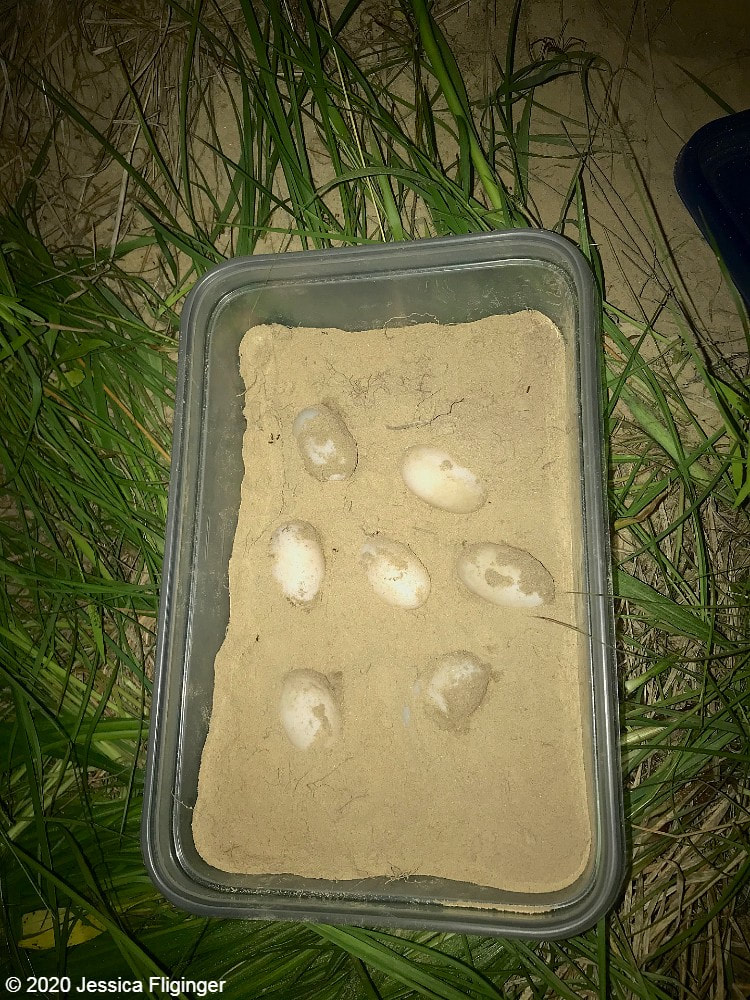 Some members of the next class of head-started Blanding's turtles. Though numbers of eggs were lower this year, the program will carry on! Dr. Richard King's ongoing research on Nachusa's Blanding’s turtle management strategies is supported with a Scientific Research Grant from the Friends of Nachusa Grasslands. If you would like to play a part in helping the turtles at Nachusa Grasslands, consider joining our Thursday or Saturday Workdays or giving a donation to the Friends of Nachusa Grasslands. Donations to Friends can be designated to Scientific Research Grants. Jess Fliginger worked for Nachusa as a restoration technician during the summer of 2016. She has continued to be involved at the preserve, helping researchers conduct fieldwork and gather data. Working alongside Dr. Rich King as a volunteer in 2016 and a field technician for the past three years, she has collected data on Nachusa’s Blanding’s turtles. In addition, she has been volunteering with small mammal research since 2015, and worked for Dr. Holly Jones as a small mammal field technician in 2019. Currently, she is monitoring the first-year Blanding's head-start turtles at Nachusa.
By Dee Hudson and Charles Larry Spring Summer Autumn Winter
By Jessica Fliginger Today, half of the world’s freshwater turtles and tortoises are threatened with extinction. Due to the alarming rate of turtle disappearance, they are now among the most threatened group of vertebrate animals on earth. Turtles play critical roles in maintaining the health of our food webs and losing them could have negative effects on our ecosystems. In Illinois, Blanding’s turtles are listed as state endangered, making it illegal to possess or collect this species without the proper permit. Populations are in decline throughout their range, which extends from Canada and Novia Scotia, south into New England, and west through the Great Lakes to Nebraska, Iowa, and northeastern Missouri. In general, their populations are small, discontinuous, and often isolated. Blanding’s are long-lived turtles and can live up to 80 years. Females don’t reach sexual maturity until 14 to 20 years and have small clutch sizes ranging anywhere from 5 to 20 eggs. Based on this information, I’m sure you can gather that Blanding’s turtles, like most turtles, face a multitude of challenges in our human-dominated landscape where there are plenty of predators to avoid. It’s extremely hard to have a bad day out on the prairie when I’m using radio telemetry to track Blanding’s turtles at Nachusa Grasslands. The "smile" they exude reflects their behavior; they are pleasant to handle and not at all aggressive, unlike snapping turtles I’ve encountered. I have been fortunate to spend the past two years working as a Blanding’s turtle field technician for Professor Dr. Rich King in the Department of Biological Sciences at Northern Illinois University. In an effort to promote recovery of the state-endangered species, he has been using radio telemetry as a tool to better understand which areas the turtles are utilizing so they can be protected and management plans to improve their habitat can be implemented. Additionally, radio telemetry can be used to improve Blanding’s turtle hatchling recruitment. If you’ve ever tracked any animal you understand what I mean when I say, “Easier said than done!” Finding a turtle on a mission to lay her eggs is hard enough, but trying to predict if and when she will lay her eggs seems like an impossible task. Although it’s a lot of hard work, Dr. King and I have pretty much figured it out. After we have taken our data, the hatchlings are released back into the wetlands near their nest sites. In order to increase their chance of survival out in the wild, it has become necessary for us to assist the Blanding’s turtle population. It may take several field seasons of tracking them at Nachusa before we can get a full understanding of how they are using the area or if there are any other individuals present. For the time being, what’s important is that we are monitoring their movements, protecting critical habitat, and sparing the hatchlings the overland journey of getting to the wetlands.
Blanding’s turtle eggs are particularly vulnerable to nest predators such as raccoons, skunks, opossums, foxes, mink, and coyotes. High nest failure means low recruitment level and if juveniles are not surviving then that’s when a population begins to decline. Moreover, roads located near wetland habitat, movement corridors, and nesting areas increase risk of mortality for Blanding’s turtles. It’s always a good idea to keep a lookout for turtles crossing the road. I know if I see a turtle in the middle of the road, given the opportunity, I will pull over and move them out of harm’s way! You never know, it could be a state-endangered Blanding’s turtle. As an undergraduate, I grew fascinated with Blanding’s turtles after seeing one for the first time on a biology field trip and I’ve always wanted to find a way to help them. Little did I know I would get to do just that! Dr. Richard King's ongoing research on Nachusa's Blanding’s turtle management strategies is supported with a Scientific Research Grant from the Friends of Nachusa Grasslands.
If you would like to play a part in helping the turtles at Nachusa Grasslands, consider joining our Saturday Workdays or giving a donation to the Friends of Nachusa Grasslands. Donations to Friends can be designated to Scientific Research Grants. |
Blog CoordinatorDee Hudson
I am a nature photographer, a freelance graphic designer, and steward at Nachusa's Thelma Carpenter Prairie. I have taken photos for Nachusa since 2012. EditorJames Higby
I have been a high school French teacher, registered piano technician, and librarian. In retirement I am a volunteer historian at Lee County Historical and Genealogical Society. Categories
All
Archives
January 2024
|
CONNECT WITH US |
|












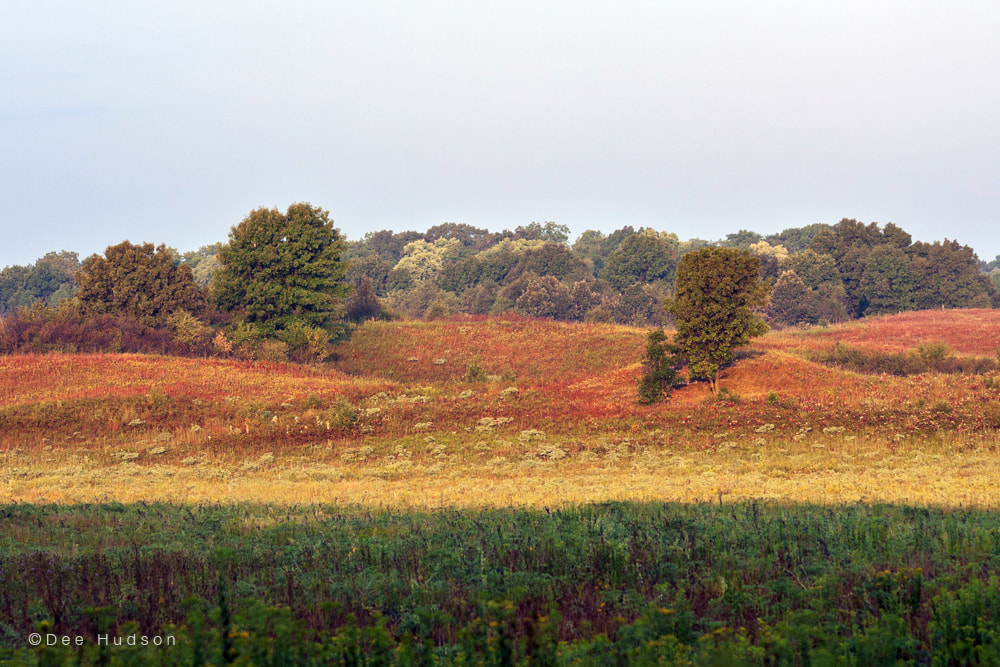
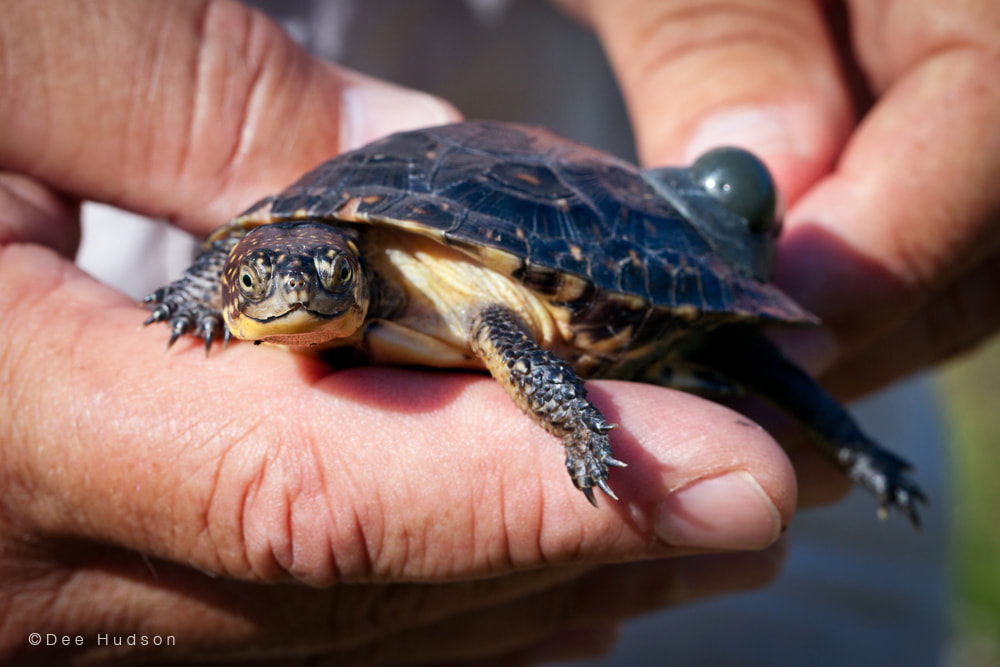




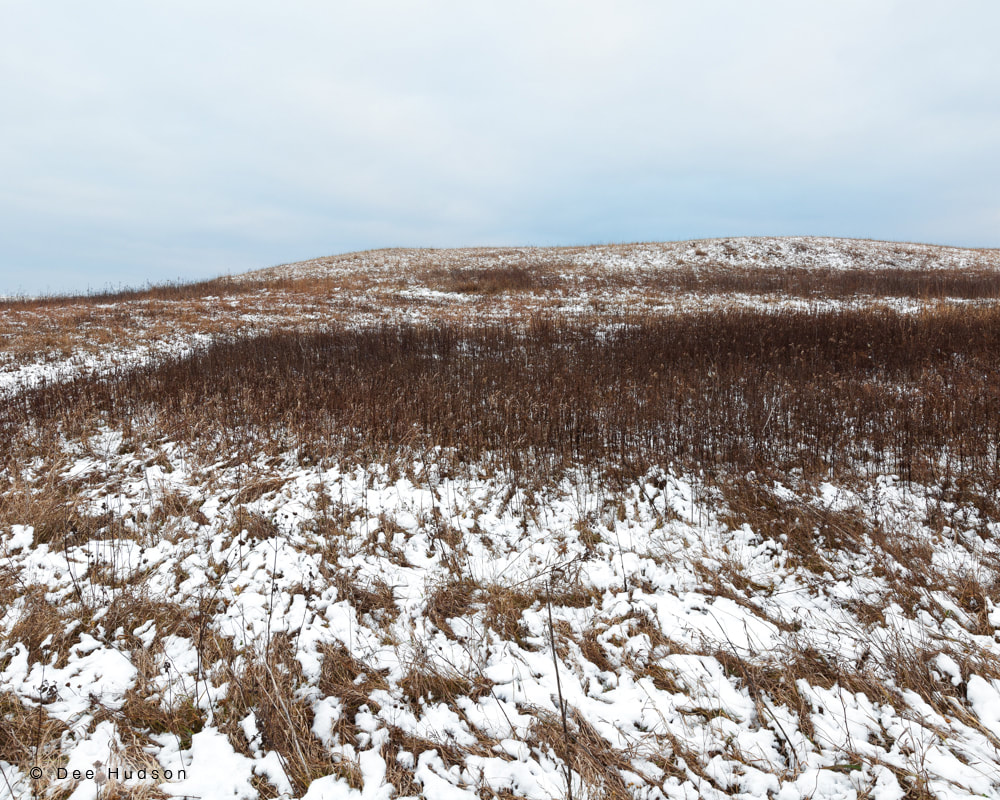
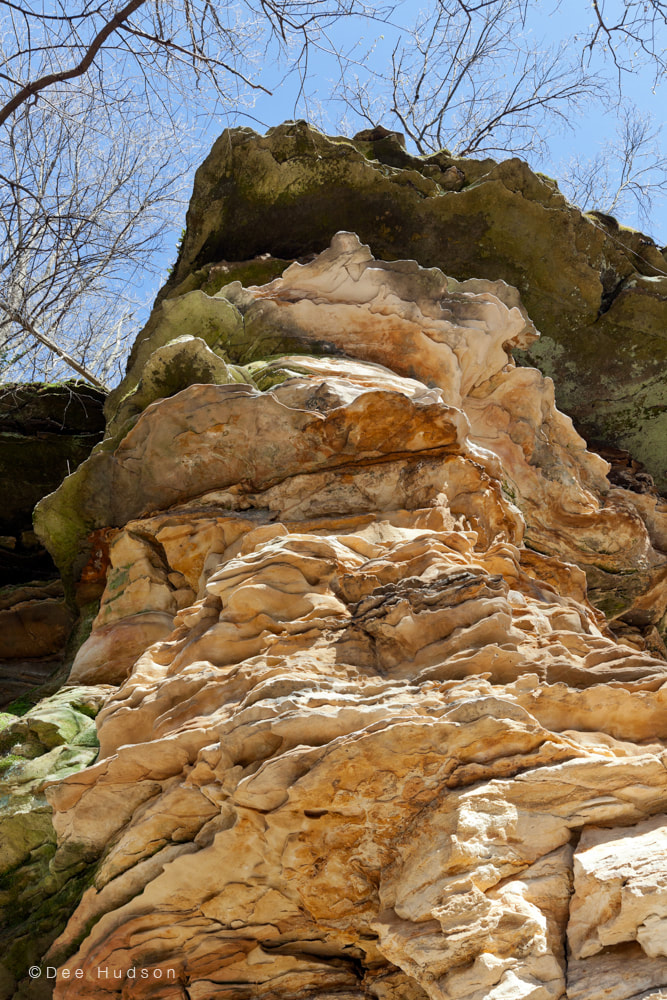












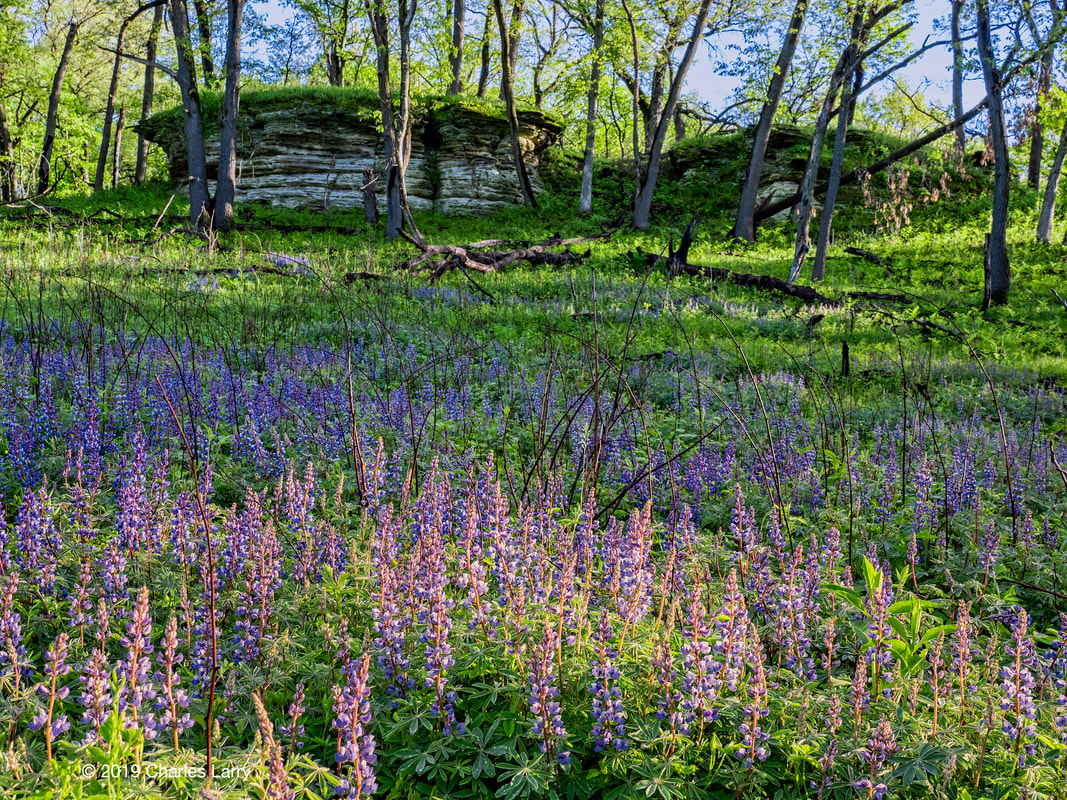






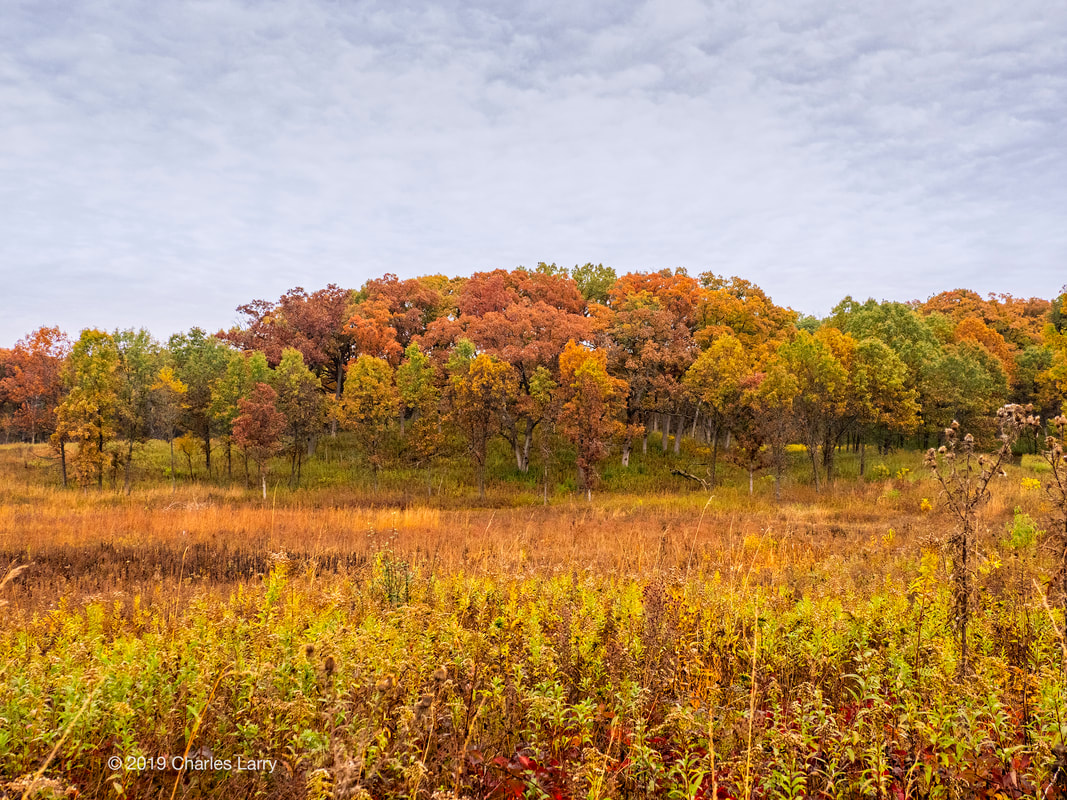





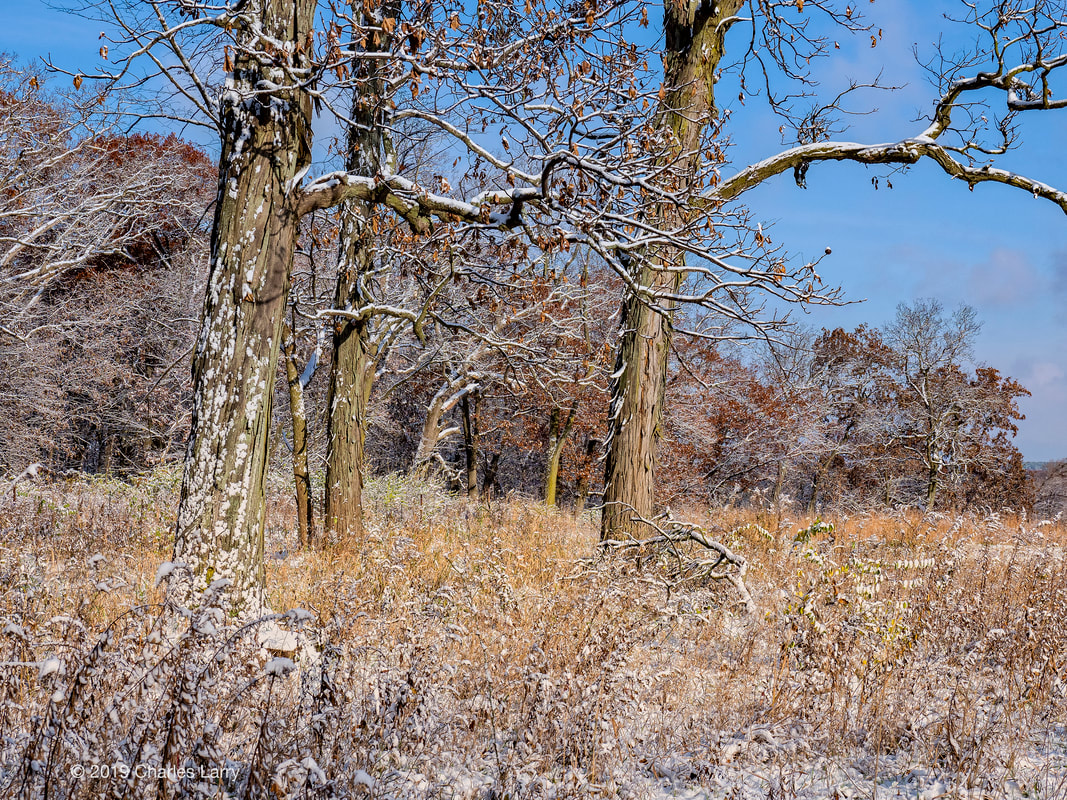
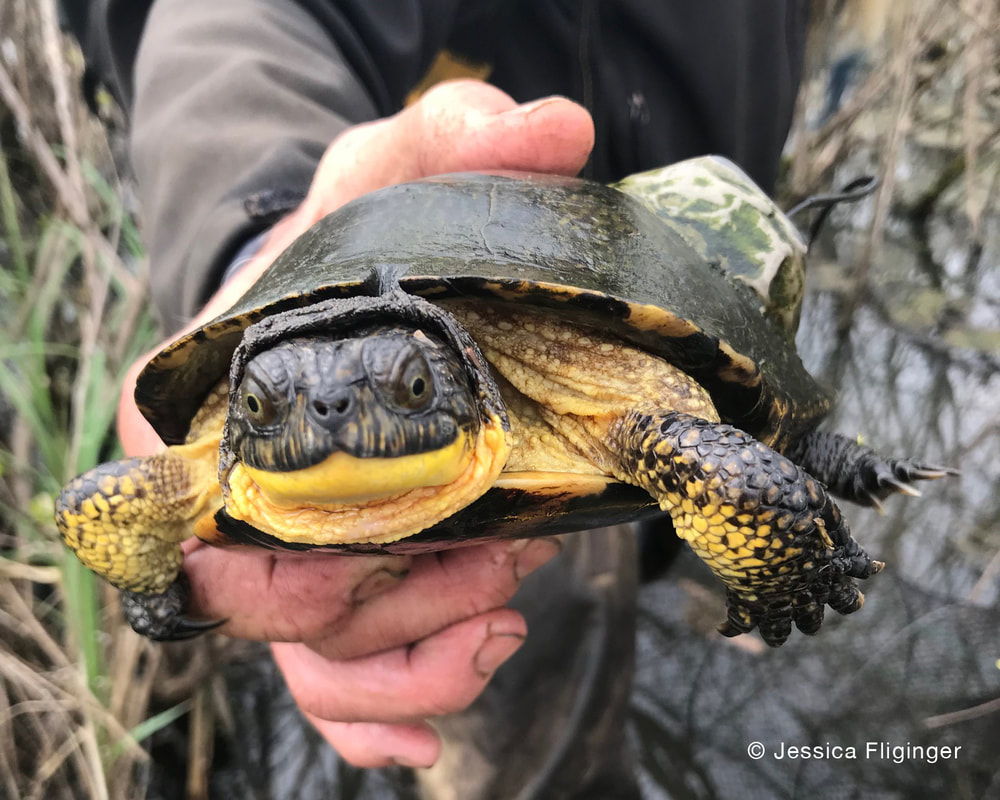

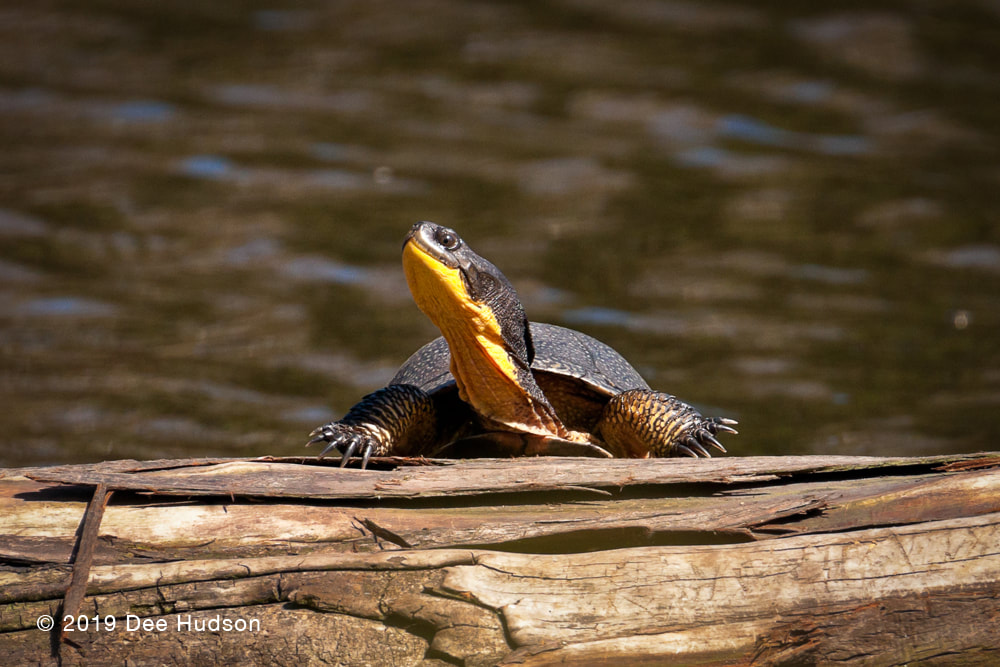





 RSS Feed
RSS Feed